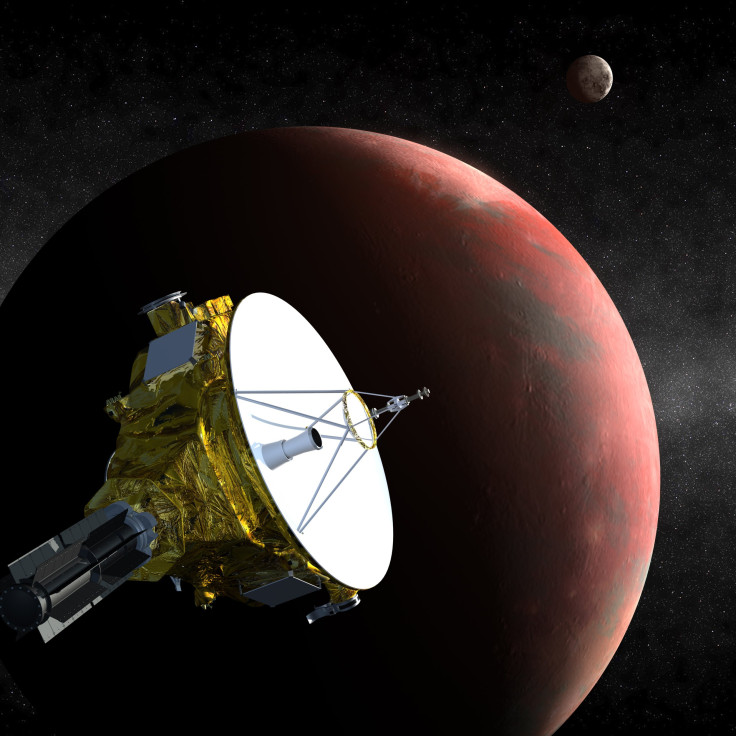New Horizons Reaches Pluto, NASA To Wake Up Spacecraft Saturday

The NASA New Horizons mission to Pluto is reaching its conclusion and the spacecraft will wake up for the last time on Saturday. New Horizons will spend the next seven months gathering data on the distant dwarf planet with its closest encounter with Pluto scheduled for July 15, 2015.
New Horizons launched on January 2006, but has spent the majority of its journey hibernating, 1,873 days, in order to reduce costs as well as wear on the onboard electronics and scientific equipment, NASA notes. New Horizons is currently 31.87 Astronomical Units, or roughly 2.9 billion miles, from Earth. The spacecraft has passed each planet of the solar system as part of its journey to Pluto, most recently crossing the orbit of Neptune on Aug. 25, 25 years after Voyager 2 accomplished the feat.

NASA will wake New Horizons on Saturday, the last of 18 different hibernation periods, but the space agency will conduct a series of tests before the spacecraft begins exploring Pluto on Jan. 15, according to NASA's The PI's Perspective blog.
"New Horizons is healthy and cruising quietly through deep space -- nearly three billion miles from home -- but its rest is nearly over. It’s time for New Horizons to wake up, get to work, and start making history." Alice Bowman, New Horizons mission operations manager at the Johns Hopkins University Applied Physics Laboratory, said in a statement.
The spacecraft has a seven-instrument science payload that will be used to analyze Pluto and its moon Charon. The onboard instruments include advanced-imaging infrared and ultraviolet spectrometers, a multicolor camera telescopic camera, a space-dust detector, two radio science experiments and two particle spectrometers. The mission's main science objectives include the mapping of the surface of Pluto and Charon, analyzing the geological composition of the two objects, observing Pluto's atmosphere and determining the surface temperatures of each object. As part of the New Horizons mission, the spacecraft will also explore other Kupier Belt, the ring of debris which circles the solar system, objects, NASA reported.
© Copyright IBTimes 2025. All rights reserved.






















